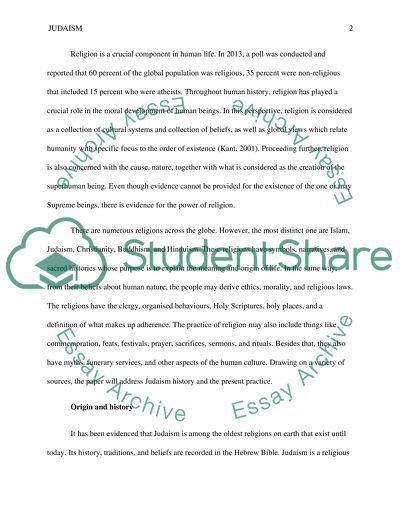Cite this document
(“Judaism Research Paper Example | Topics and Well Written Essays - 1250 words - 1”, n.d.)
Judaism Research Paper Example | Topics and Well Written Essays - 1250 words - 1. Retrieved from https://studentshare.org/religion-and-theology/1692622-judaism
Judaism Research Paper Example | Topics and Well Written Essays - 1250 words - 1. Retrieved from https://studentshare.org/religion-and-theology/1692622-judaism
(Judaism Research Paper Example | Topics and Well Written Essays - 1250 Words - 1)
Judaism Research Paper Example | Topics and Well Written Essays - 1250 Words - 1. https://studentshare.org/religion-and-theology/1692622-judaism.
Judaism Research Paper Example | Topics and Well Written Essays - 1250 Words - 1. https://studentshare.org/religion-and-theology/1692622-judaism.
“Judaism Research Paper Example | Topics and Well Written Essays - 1250 Words - 1”, n.d. https://studentshare.org/religion-and-theology/1692622-judaism.


